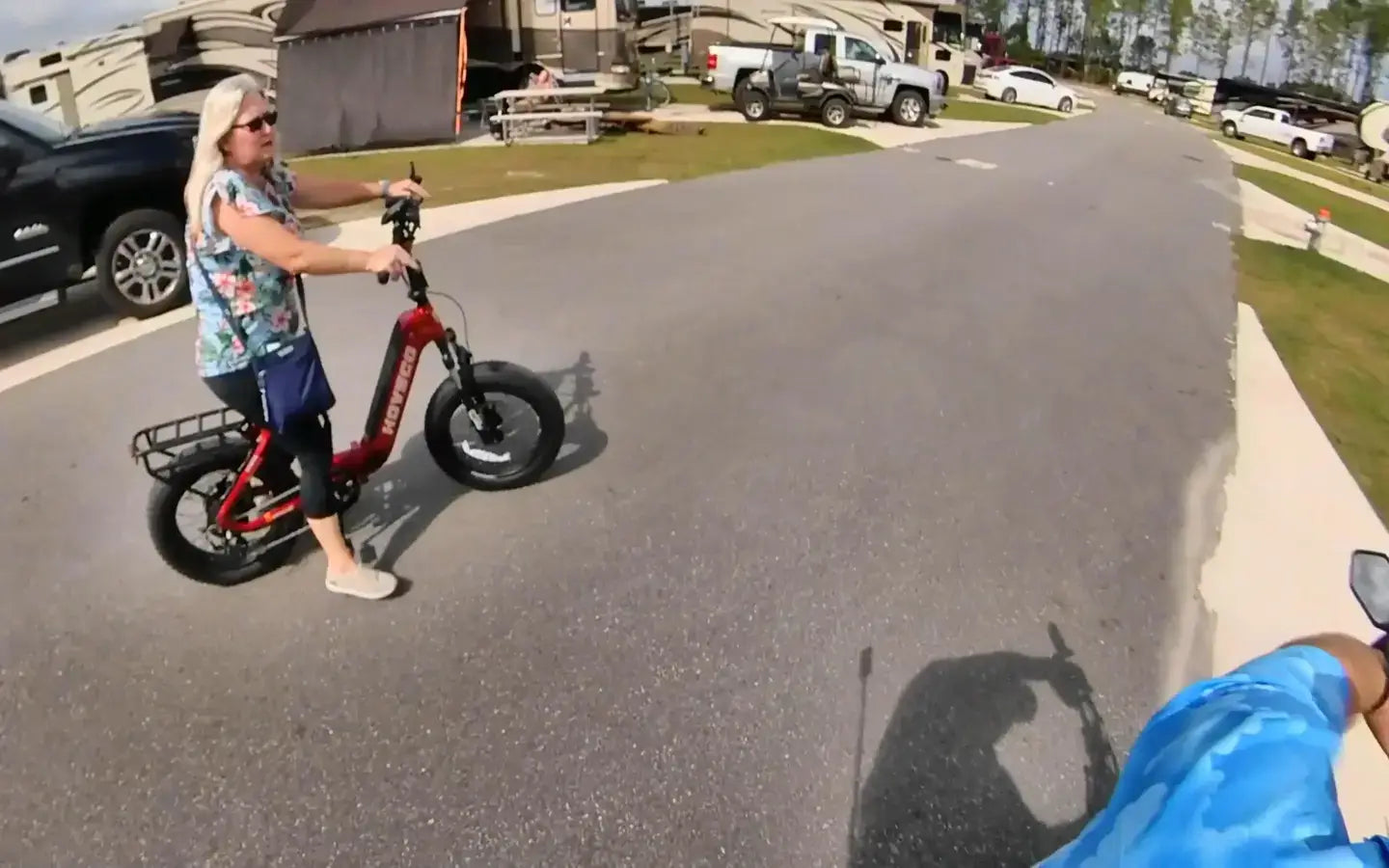
- by LiuJiazhu
What Benefits Does Pedal-Assist Technology Offer Modern eBikes?
- by LiuJiazhu
Pedal-assist technology on modern eBikes amplifies your pedaling effort with electric power, making rides smoother, less tiring, and more efficient. It extends battery range, supports health by encouraging active pedaling, and enhances safety and legal compliance, transforming cycling into a more accessible and enjoyable experience for riders of all levels.
Pedal-assist technology, also known as pedelec, integrates sensors that detect your pedaling input and automatically provide motorized assistance proportional to your effort. Unlike throttle-only eBikes, pedal-assist requires you to pedal to activate the motor, creating a natural and intuitive riding experience that blends human power with electric boost. This system typically uses cadence or torque sensors to measure pedaling speed or force, adjusting motor output in real-time to match your riding conditions and preferences.
By combining rider power with motor assistance, pedal-assist technology reduces the motor’s energy consumption, thereby extending the eBike’s battery life and overall range. Because you contribute to propulsion, the motor draws less power, enabling longer rides without recharging. Additionally, pedal-assist systems often allow riders to select from multiple assistance levels—such as eco, standard, and boost—so you can optimize energy use depending on terrain or desired effort.
Chart: Battery Range vs. Pedal-Assist Levels
| Pedal-Assist Level | Battery Range Impact |
|---|---|
| Eco (Low) | Maximum range |
| Standard (Medium) | Balanced range and power |
| Boost (High) | Reduced range |
Pedal-assist technology lessens the physical strain of pedaling, especially on hills, headwinds, or long distances, by supplementing your effort with motor power. This reduces muscle fatigue and joint stress, making cycling accessible to a broader range of riders, including older adults and those with physical limitations. The customizable assistance levels allow riders to tailor exertion, promoting a comfortable yet effective workout that encourages consistent exercise without overexertion.
Unlike throttle-controlled eBikes that can propel without pedaling, pedal-assist requires active rider involvement, preserving the cardiovascular and muscular benefits of cycling. This engagement supports improved heart health, muscle strength, and endurance while minimizing joint impact. Pedal-assist also enables interval-style workouts by varying assistance levels, which can enhance fitness outcomes more effectively than passive riding.
Pedal-assist eBikes provide smoother acceleration and deceleration since motor assistance is linked to pedaling cadence, reducing abrupt speed changes common with throttle-only models. This connection keeps riders more engaged and responsive to their environment, enhancing overall safety. Furthermore, many jurisdictions classify pedal-assist eBikes as bicycles, permitting their use on bike paths and avoiding stricter regulations or licensing requirements often applied to throttle eBikes.
Modern eBikes from brands like HOVSCO feature various pedal-assist systems employing either cadence sensors, which detect pedaling speed, or torque sensors, which measure pedaling force. Torque sensors provide a more responsive and natural feel by adjusting power based on how hard you pedal, while cadence sensors offer simpler, consistent assistance. HOVSCO’s models often incorporate multiple assistance levels and ergonomic designs to match diverse rider needs, from urban commuting to trail exploration.
When selecting a pedal-assist eBike, prioritize models with responsive torque sensors for the most natural riding experience. Consider the number of assistance levels to customize your ride effectively. Battery capacity should align with your typical distance and terrain demands to ensure sufficient range. Also, evaluate frame comfort, integrated accessories like racks and lighting, and after-sales service. Brands like HOVSCO combine innovation with safety and style, making them excellent choices for riders seeking quality and reliability in pedal-assist technology.
“Pedal-assist technology is revolutionizing cycling by blending human effort with electric power, making rides more accessible and enjoyable without sacrificing fitness benefits,” says a HOVSCO product engineer. “Our focus is on delivering seamless sensor integration and customizable assistance to empower riders across all terrains and fitness levels. This technology not only extends range but also reduces fatigue, encouraging more frequent and longer rides. Safety and compliance are core to our designs, ensuring riders can confidently explore urban and off-road environments.”
Q: How does pedal-assist differ from throttle on eBikes?
A: Pedal-assist requires pedaling to activate motor support, creating a natural riding feel, while throttle eBikes can propel without pedaling, often reducing exercise benefits.
Q: Can I adjust the level of pedal-assist on my eBike?
A: Yes, most pedal-assist eBikes offer multiple assistance levels, allowing riders to control the amount of motor support based on terrain and desired effort.
Q: Does pedal-assist technology help with climbing hills?
A: Absolutely. Pedal-assist significantly reduces the effort needed to climb hills by providing additional motor power proportional to your pedaling.
Q: Are pedal-assist eBikes legal everywhere?
A: Pedal-assist eBikes are generally classified as bicycles in many regions, allowing use on bike paths and avoiding strict regulations that apply to throttle eBikes.
Q: What maintenance benefits does pedal-assist offer?
A: Since riders contribute to propulsion, pedal-assist systems typically experience less motor and battery wear, leading to longer component life and lower maintenance costs.
Share:
What Practices Extend Electric Bicycle Battery Life?
What Are The Top Tandem E-Bikes With Extended Battery Life?